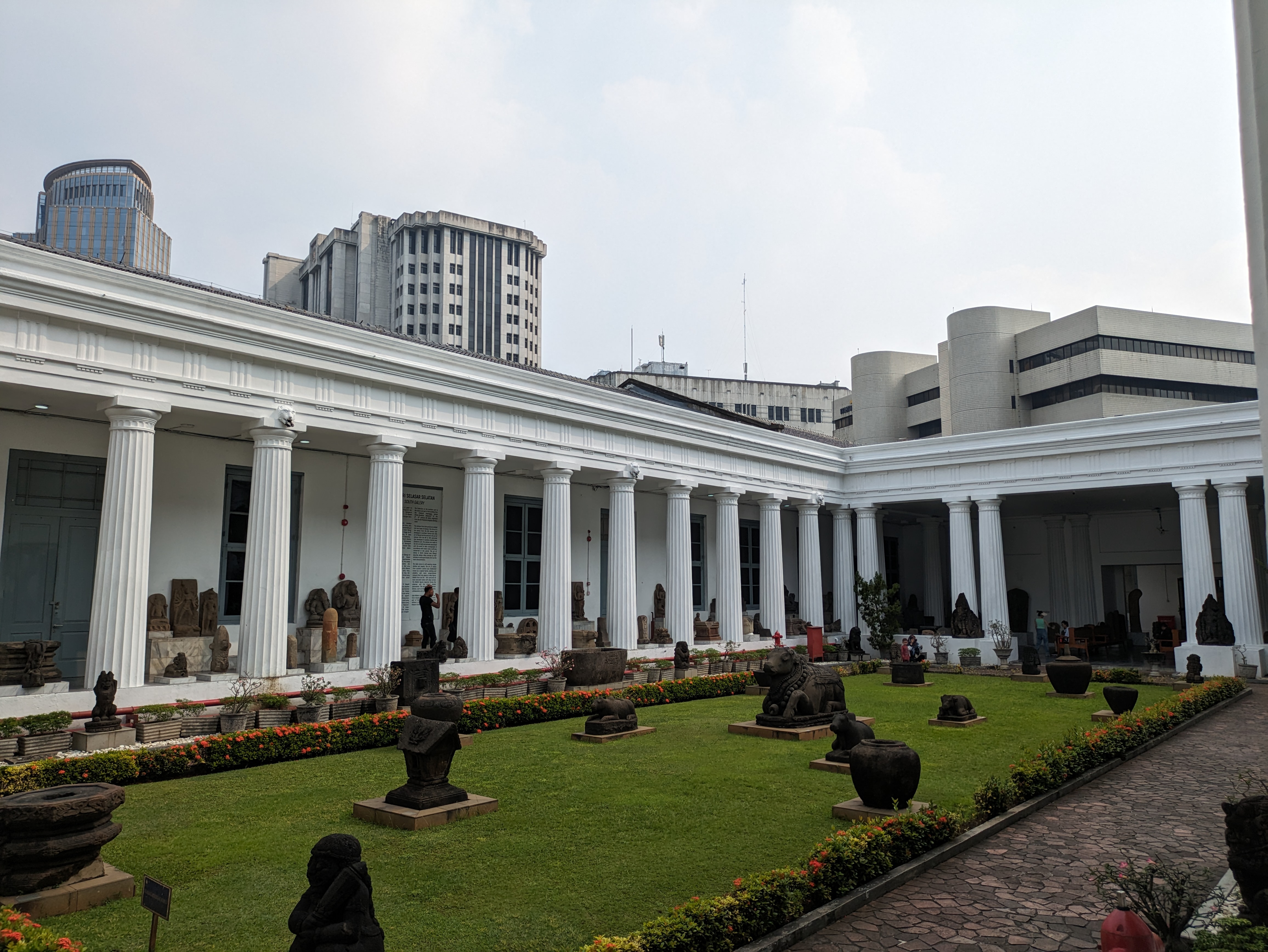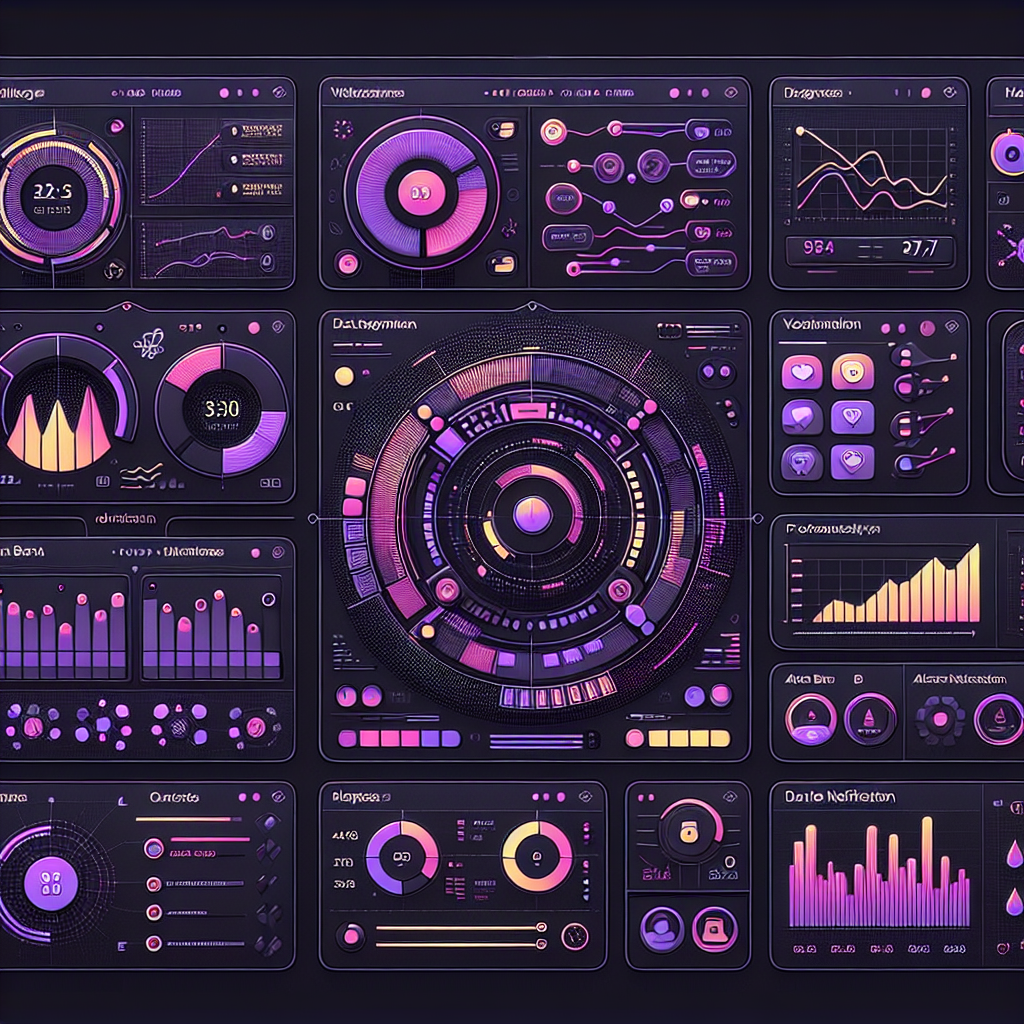Welcome to "Continuous Improvement," the podcast where we explore tools, strategies, and insights to help you improve your data visualization and monitoring practices. I'm your host, Victor, and in today's episode, we're diving deep into the world of Grafana.
What is Grafana, you may ask? Well, Grafana is an open-source data visualization and monitoring tool that has taken the industry by storm since its release in 2014. It provides users with an intuitive and flexible platform to visualize and monitor data from various sources. Whether you're a data scientist, a system administrator, or a business analyst, Grafana has something to offer for everyone.
Let's start by exploring the key features of Grafana that make it a must-have tool in the data visualization ecosystem.
First, Grafana offers data source flexibility. It supports a wide range of data sources, including popular databases like Graphite, InfluxDB, Prometheus, Elasticsearch, and many more. This flexibility allows users to connect to their preferred data source and seamlessly visualize the data without any hassle.
Another standout feature of Grafana is the interactive dashboards it offers. These dashboards are highly interactive, allowing users to drill down into specific data points, zoom in and out of time ranges, and apply filters to focus on the most relevant information. The drag-and-drop editor makes it easy to create and customize panels, charts, and graphs according to individual requirements.
Alerting and notifications are essential when it comes to monitoring data effectively, and Grafana has you covered in this aspect as well. It provides an alerting system that enables users to define custom alert rules based on data thresholds and conditions. When these rules are triggered, Grafana can send notifications via various channels like email, Slack, PagerDuty, or custom webhooks, ensuring that critical issues are promptly addressed.
The extensive plugin ecosystem of Grafana is yet another noteworthy feature. With a vast collection of plugins, users can extend the functionality of Grafana by integrating with other tools, adding new visualization options, or connecting to additional data sources. This extensibility allows users to tailor their Grafana experience to their specific needs.
A vibrant and active community surrounds Grafana, bringing us to the next feature - community and community dashboards. The community continuously contributes new dashboards, plugins, and enhancements, which are readily available for users to import and use. This collaborative aspect of Grafana ensures that users can leverage the collective expertise of the community to create impactful visualizations.
Now that we've explored the key features of Grafana, let's talk about its use cases.
The first use case is infrastructure monitoring. Grafana excels in monitoring and visualizing the health and performance of infrastructure components like servers, databases, and network devices. By integrating with tools such as Prometheus and Graphite, Grafana provides real-time insights into resource utilization, system metrics, and network traffic.
Another use case is application performance monitoring (APM). Grafana can be seamlessly integrated with APM tools like Jaeger, Zipkin, or Prometheus to monitor the performance and availability of applications. It allows users to track response times, error rates, and other critical metrics, enabling efficient troubleshooting and optimization.
Last but not least, Grafana proves its value in the domain of business intelligence and analytics. By connecting to databases like MySQL, PostgreSQL, or Microsoft SQL Server, users can create interactive dashboards that provide insights into sales data, customer behavior, marketing campaigns, and other business metrics.
To wrap it up, Grafana has become a leading data visualization and monitoring tool, offering a user-friendly interface, extensive data source support, and powerful visualization capabilities. Its flexibility and extensibility make it suitable for a wide range of use cases across industries. With its active community and growing ecosystem, Grafana continues to evolve, empowering users to unlock the true potential of their data.
That's all for today's episode of "Continuous Improvement." I hope you found this deep dive into Grafana insightful and informative. Join us next time as we explore more tools and strategies to enhance your data visualization and monitoring practices. I'm Victor, your host, signing off.








